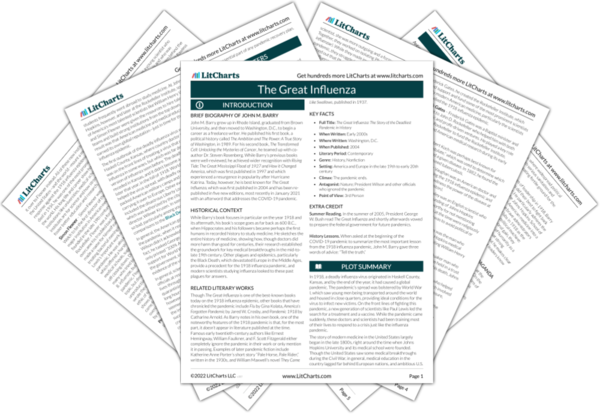The caution displayed earlier by the
Journal of the American Medical Association is proven right in this passage. Though there was good science behind many of the measures described, it was hard to account for all the variables in the real world, and this could lead to unexpected results.
